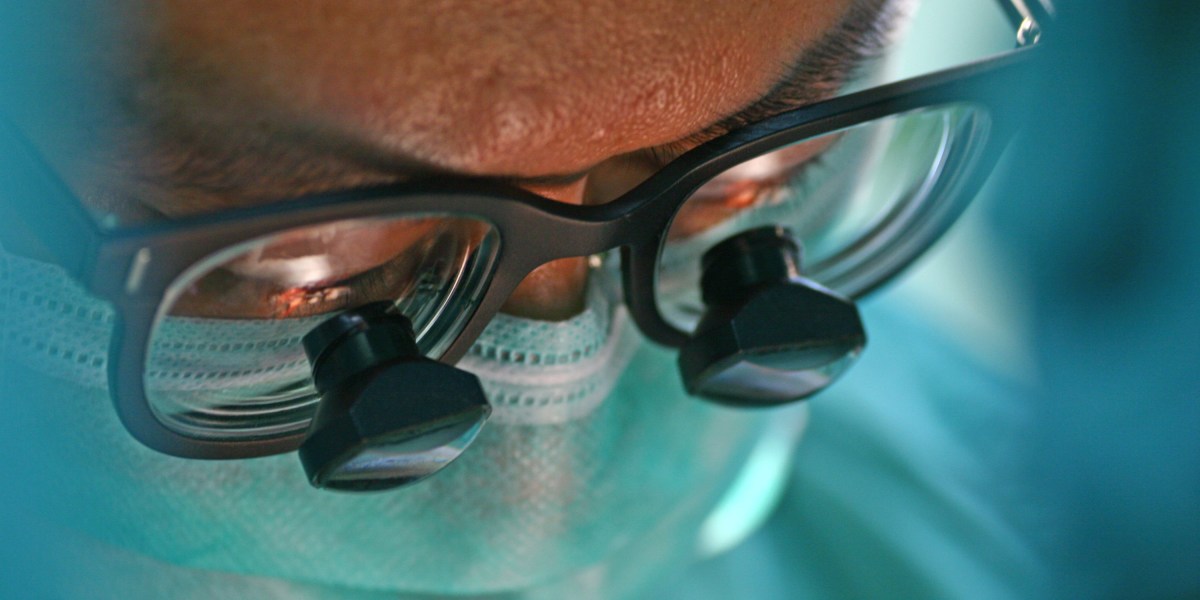This company plans to transplant gene-edited pig hearts into babies next year


The team at eGenesis is using CRISPR to address this risk. “You can use CRISPR-Cas9 to inactivate the 50 to 70 copies of retrovirus in the genome,” says Mike Curtis, president and chief executive officer at eGenesis. The edits prevent retroviruses from being able to replicate, he says.
Scientists at the company perform other gene edits, too. Several serve to “knock out” pig genes whose protein products trigger harmful immune responses in humans. And the team members insert seven human genes, which they believe should reduce the likelihood that the organ will be rejected by a human recipient’s immune system. In all, “we’re producing [organ] donors with over 70 edits,” says Curtis.
The team performs these edits on pig fibroblasts—cells that are found in connective tissue. Then they take the DNA-containing nuclei of edited cells and put them into pig egg cells. Once an egg is fertilized with sperm, the resulting embryo is implanted into the uterus of an adult pig. Eventually, cloned piglets are delivered by C-section. “It’s the same technology that was used to clone Dolly back in the ’90s,” says Curtis, referring to the famous sheep that was the first animal cloned from an adult cell.
eGenesis has around 400 cloned pigs housed at a research facility in the Midwest (he is reluctant to reveal the exact location because facilities have been targeted by animal rights protesters). And early last year, the company set up a “clean” facility to produce organs fit for humans. Anyone who enters has to shower and don protective gear to avoid bringing in any bugs that might infect the pigs. The 200 pigs currently at this center live in groups of 15 to 25, says Curtis: “It’s basically like a very clean barn. We control all the feed that comes in, and we have waste control and airflow control.” There’s no mud.
The pigs that don’t end up having their organs used will be closely studied, says Curtis. The company needs to understand how the numerous gene edits they implement affect an animal over the course of its life. The team also wants to know if the human genes continue to be expressed over time. Some of the pigs are over four years old, says Curtis. “So far, it looks good,” he adds.

EGENESIS
Complications
When it comes to organ transplants, size is important. Surgeons take care to match the size of a donor’s heart to that of the recipient. Baby baboons are small—only hearts taken from pigs aged one to two months old are suitable, says Curtis. Once they are transplanted, the hearts are expected to grow with the baboons.
The first baboon to get a pig heart, which was just under a year old, died within a day of surgery. “It was a surgical complication,” says Curtis. The intravenous tube providing essential fluids to the baboon became blocked, he says. “The animal had to be euthanized.”
A second baboon was operated on a few months later. The team encountered another surgical complication: this time, the surgeons couldn’t get the baboon’s blood vessels to stay attached to those in the pig’s organs. The baboon died nine days after the operation.




